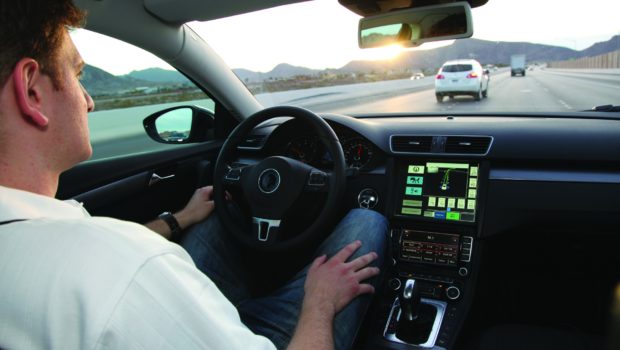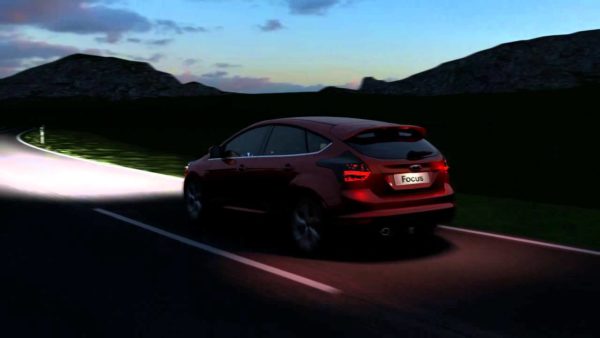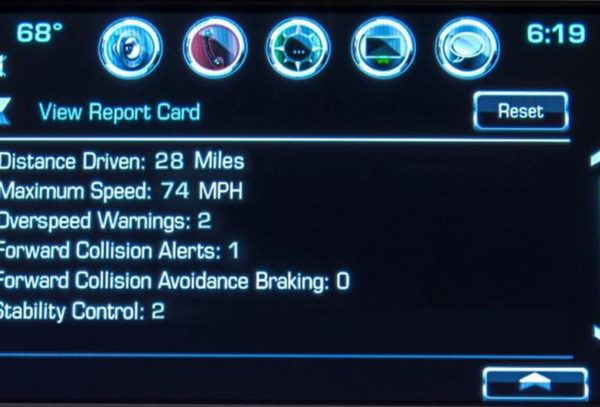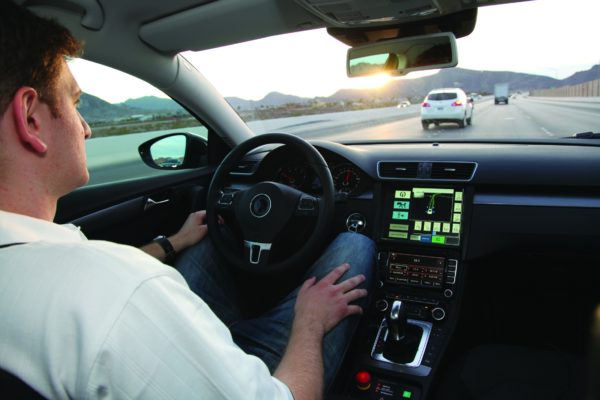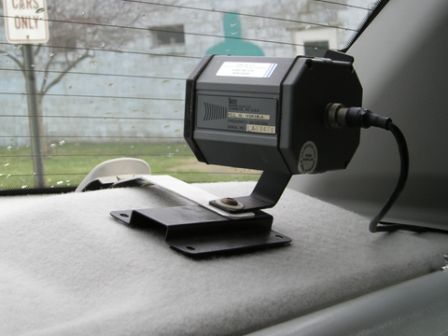5 Great New Advances in Auto Technology
There have been great advances in auto technology in recent times, the majority of which are for enhancing safety, while others are for convenience purposes. Some of these tech features are initially found in high-end vehicles and are optional, but later are installed in the less expensive cars as the cost of the innovations reduces, demand increases, and users get to know them more. The following are some cutting-edge vehicle technologies:
Automatic high beam control
With the newly designed RX, Lexus offers a system that is capable of automatically enhancing and dimming high beam headlights in relation to an oncoming vehicle. It has a camera mounted on its rearview mirror that detects both an oncoming motor vehicle and the vehicle traveling in the same direction a head, and then disengages the high beam headlights. Mercedes-Benz takes this technology to another level with its adaptive High Beam assist, found in the Mercedes Benz E-Class. It switches between high and low beam, but it reacts by either increasing or lowering the light based on the distance of the oncoming traffic. It is also capable of dimming the high beam lights for sharp turns, and then re engages them if there isn’t an approaching vehicle once the turn is complete.
Parental Control
This is a new innovation that helps to keep parents’ minds at ease, especially when their junior driver is behind the wheel. It helps to limit this amateur driver from over-speeding or being distracted by playing the cars’ radio at a high volume. It can be programmed to limit the audio volume and to sound the alarm if the seat belts aren’t fastened. Some vehicles have a report card feature, which notifies the parent when safety systems like ABS alert have been altered while the minor was behind the wheel.
In-car Internet
Despite the fact that Wi-Fi Internet access from a vehicle in motion has yet to be realized, there are systems that use cell-phone technology and allow passengers to surf the web. Autonet Mobile was the first one to turn a vehicle into a Wi-Fi hotspot by making use of a portable router mounted in the trunk or other places. It uses a 3G network to supply stable signals, regardless of cell tower blind spots or tunnels. In addition to the cost of the router, the system has some monthly subscription fees based on the estimated usage. Currently, Chrysler and Ford automakers are offering Wifi in some of their models. A good solution to the issue of running reliable in-car Internet is Eyeride, which provide stable, high-speed Internet at any time and place. The beauty of the router is that it accepts power from various sources, such as the cigarette lighter port or the power jack, and it ensures that you have Internet throughout the ride, even when in remote areas, by employing an integrated cellular signal booster.
Driver capability
This system helps to measure the driver’s fitness. It issues warnings when the driver seems to be tired or impaired. It is also known as attention assist in the 2010 Mercedes Benz E- Class. It registers the driver’s normal behavior behind the wheel, and keeps it as the driver’s reference profile. By continuously measuring the speed, steering wheel angle, lateral acceleration, and pedal use, the system determines whether there are any deviations from the baseline. If so, it notifies the driver using audio and visual alerts that he should take a break. Even external factors, such as road surface and crosswind, are taken into consideration.
Rear-mounted radar
The rear-pointing radar has been in use for several years to alert drivers reversing out of parking about any unseen objects behind them, like walls and trees. However, the new radar innovation looks out for approaching vehicles, and upon “seeing” an automobile approaching, it gives out an alert in the form of a sound. Chrysler has this technology, which it named Cross-Path Detection System, in its minivans. Ford also has it in some of its cars.

